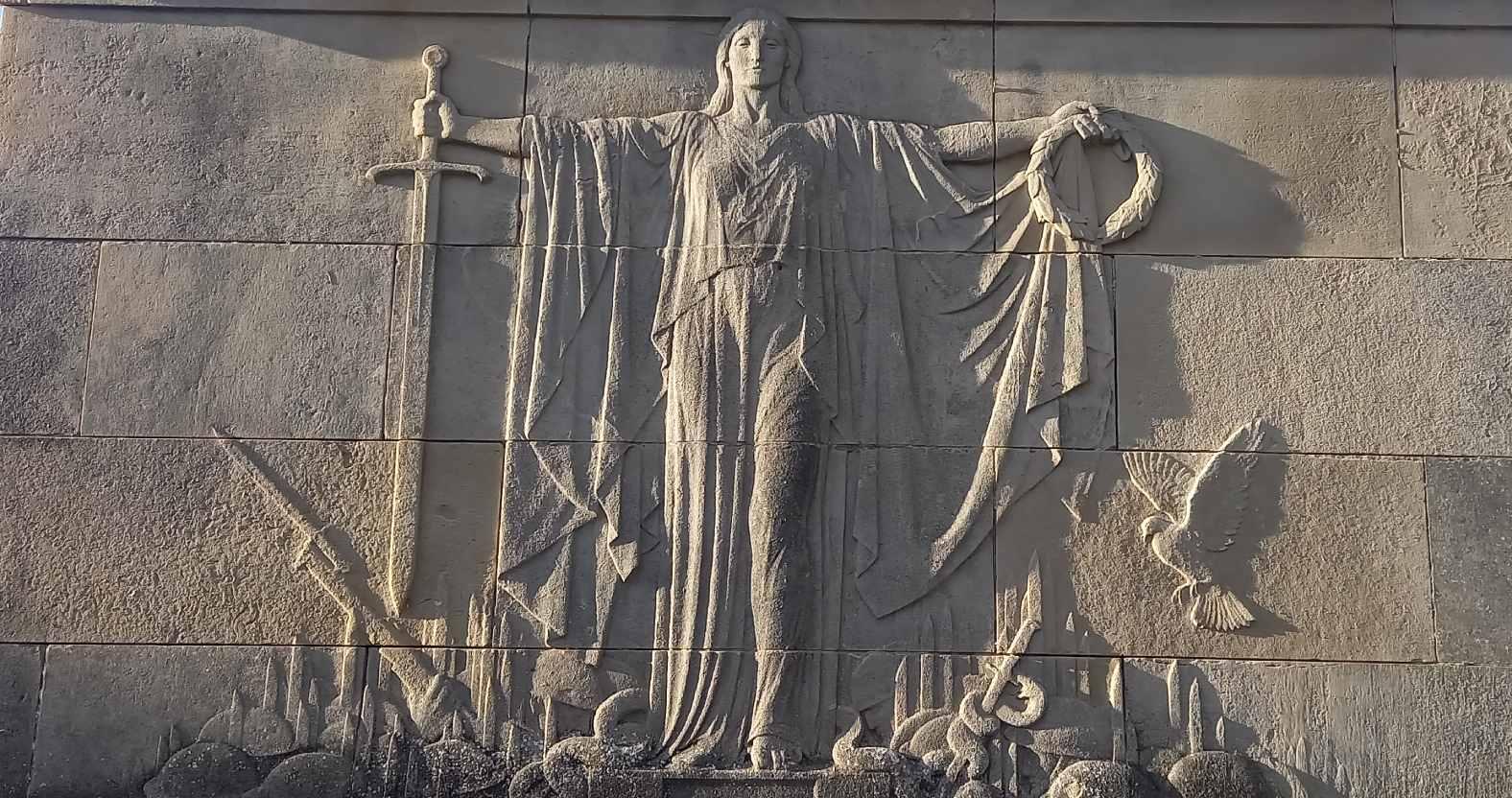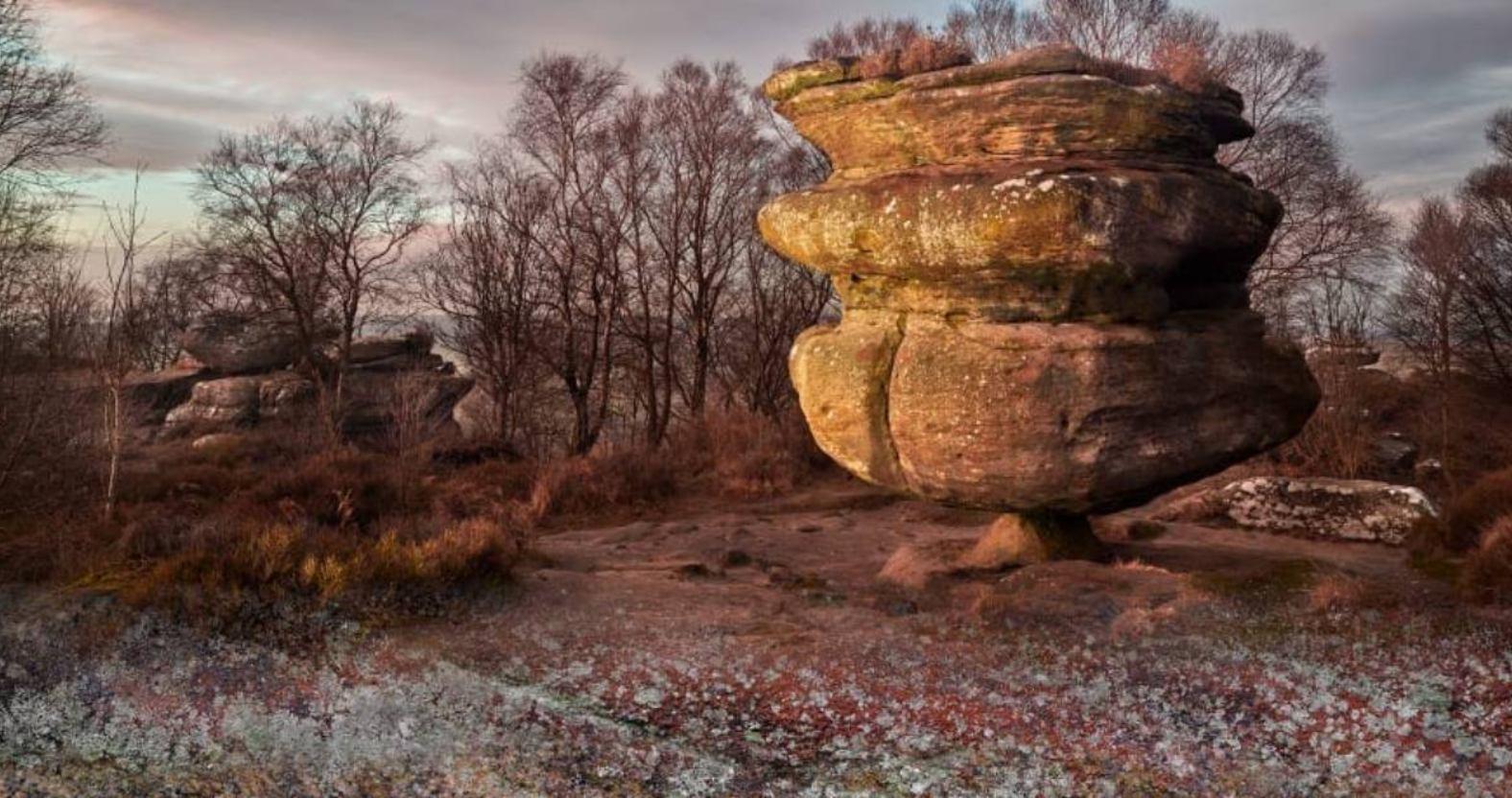Subscribe to trusted local news
In a time of both misinformation and too much information, quality journalism is more crucial than ever. By subscribing, you can help us get the story right.
- Subscription costs less than £1 a week with an annual plan.
Already a subscriber? Log in here.
21
Sept 2024
Sunday Picture Quiz Answers: September 21

Here are the answers to this week's Sunday Picture Quiz. How well did you do?

Photo: WikiCommons/James Dolan.
1. Arthington Viaduct
This magnificent structure on the Leeds-Harrogate railway line straddles the River Wharfe near the village of Castley, right on the edge of the Harrogate district. In fact, only 15 of its 21 arches are on our 'patch' – the other six are in the parish of Arthington, in West Yorkshire.
It was completed in 1849, the year after Crimple Viaduct, and each of its spans extends to 60 feet (18 metres) and rises to a maximum height of 80 feet (24 metres) – making it younger, shorter and lower than Crimple, but no less photogenic.

2. 1918, Britannia with the Flag of Victory, Harrogate War Memorial
This bas relief carving by Gilbert Ledward can be found on the southern face of the base of Harrogate's war memorial. His sculpture on the northern face, showing a soldier with a bugle and a flag, is called '1914, the Call to Arms'.

The unveiling of Harrogate's war memorial in 1923 attracted over 10,000 people.
The memorial, which carries the names of 1,163 Harrogate people killed in the two world wars, was unveiled by Henry Lascelles, the 5th Earl of Harewood, at a ceremony on September 1, 1923. In his speech, the earl said that about a quarter of those who enlisted in Harrogate were killed, including four women.

3. War memorial and water fountain, Lofthouse
This octagonal roadside water trough is thought to have been built in this upper Nidderdale village in the 18th or 19th century, but after the First World War, a monument was erected on top, with taps and a cross.
The inscription carved into its stone says that it was "erected in memory of the men of this parish who made the great sacrifice in the war, 1914-19".

4. Idol Rock, Brimham Rocks
Formerly called Druid's Idol, this immense rock, balancing on a tiny pyramidal base, is perhaps the most famous of all the rock formations at Brimham.
The millstone grit they are formed from was deposited in the delta of a huge river that flowed into a warm inland sea during the Carboniferous period, about 325 million years ago. The rock was then shaped into their current forms first by successive ice ages, the last of which ended about 11,700 years ago, and then by the Nidderdale weather.
Too easy or too difficult? Let us know what you think of our quiz by contacting us at letters@thestrayferret.co.uk.
Please do send us tricky pics of the area that we can include – and we'll credit your contribution. Thank you!
0